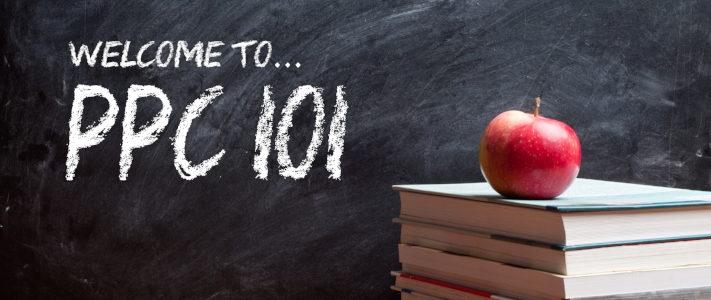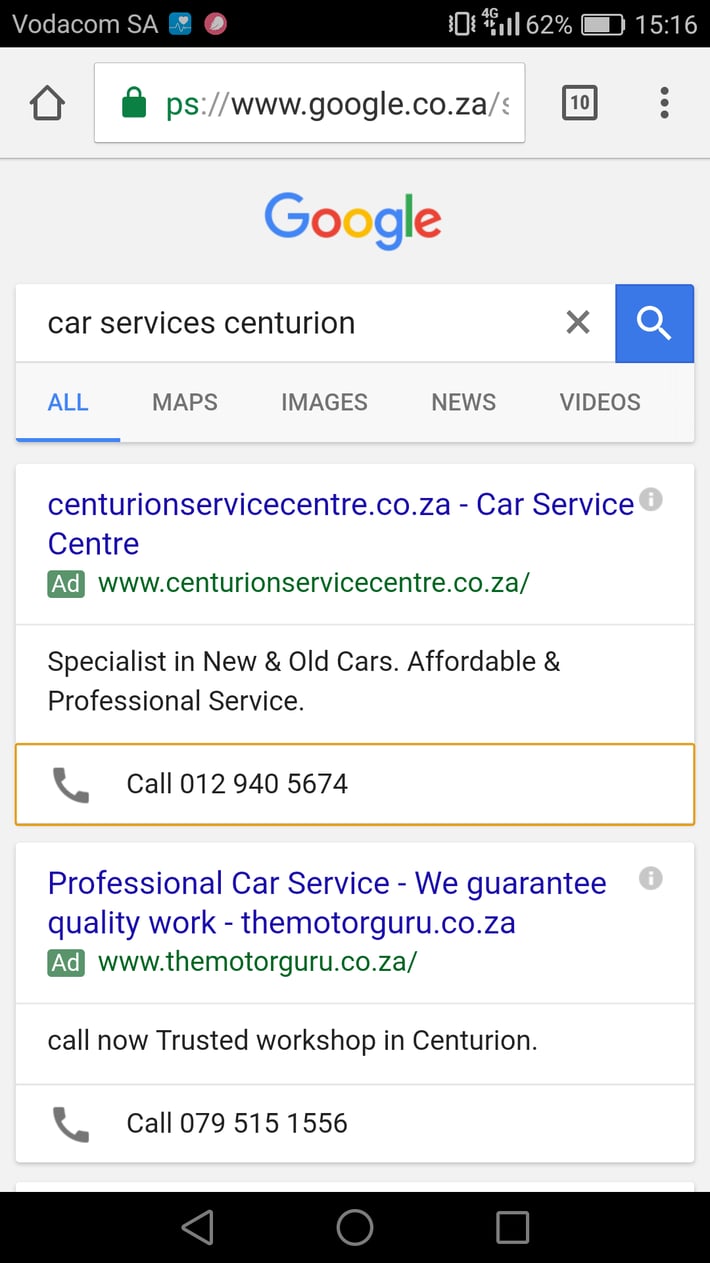 If you’re new to PPC advertising and don’t know where to begin, bookmark this blog post.
If you’re new to PPC advertising and don’t know where to begin, bookmark this blog post.
Approaching your first pay per click (PPC) campaign may feel like a daunting task, but I’ve put together a crash course on how and why PPC can add value to your marketing efforts.
I’ll be referring to Google AdWords, my primary PPC tool, as an example in this post, since Google takes up over 90% of the search engine market share. There are, however, many other platforms (both search engines and social media) which can be used for PPC advertising, and its basic theory can be applied across all the various platforms.
So, what exactly is PPC advertising?
PPC advertising is predominantly search engine marketing, with Google Adwords as the most commonly used platform for PPC campaigns.
PPC uses keywords to display the most relevant ads to users, based on their search queries. This means you’re able to get your product in front of a prospective buyer who knows what they’re looking for, and you only pay once they’ve clicked on your link - hence the name ‘pay per click’. You literally only pay for every click. This leads to better qualified leads and a higher conversion rate.
There are a few key terms you’ll need to familiarise yourself with, before I move on to how PPC advertising actually works.
1. Your Quality Score refers to the quality of your ad. The score is based on various components, such as the relevance of your ad, the expected click through rate (CTR) and the quality of your landing pages. Your keywords are also measured on a scale of 1 to 10, with 1 being the lowest score. Your ad quality will count towards your overall Ad Rank.
2. Your Ad Rank determines where your ad will appear, if at all. Ad rank is based on your bid amount, your quality score and the expected impact of other ad elements such as extensions.
3. Your Bid Amount is the highest amount that you’re willing to pay per click. Google Adwords offers three bidding strategies:
- Cost per click (CPC)
- Cost per impression (CPM)
- Cost per acquisition (CPA)
4. Extensions show extra business information in your text ads, sort of like a call to action. You could, for example, add a mobile extension to include your phone number; allowing the customers viewing your ad on their phones to click on your phone number and call you directly from the ad.

Image: example of a mobile extension
5. Search Network ads are text which use specific keywords to describe your product or service. When a potential customer performs a Google search for phrases or words that either match or are close to your keywords, your ad may appear either above or alongside the list of organic search results. PPC ads are recognisable by the green ad marker which is visible next to the URL. Search network ads have the goal of conversions, and could be considered your hard sell in PPC.
6. Display Network ads can take on many formats, such as text, rich media, video or images. These appear on websites which form part of Google’s display network. These ads are different from search network ads, in that they appear on websites with similar content (e.g. advertising your car repair service on websites about cars). Display network ads are more about brand awareness, and could be considered your soft sell. The CPM bidding strategy is useful when you’re using the display network, as you’ll be paying per 1 000 impressions as opposed to per click.
How do I do PPC advertising?
- First you will need to come up with a list of 20 to 30 keywords that you feel are most relevant to your product or service.
- Narrow these down to four to eight relevant keywords.
- Once you have your keywords, you’ll need to set up your campaign in Google AdWords, and create ad groups within the campaign. Ad groups contain a group of similar ads (usually about three ads), and the keywords that you want to use to trigger them to be displayed.
- Finally, you’ll assign a budget to your campaign. Once your ads are all set up, you can begin the bidding process.
Infographic: What is Google AdWords? How the AdWords auction works by WordStream

- Remember to link your ads to the appropriate landing pages on your website, as this will improve your quality score. Your quality score is directly affected by the quality of your SEO. The better the quality of your keywords in your website or blog, the higher you’ll rank organically which will also help you to win your bid. You can think of SEO as the homework you need to do, to optimise your AdWords campaign.
- You’ll need to run some tests to determine which of the keywords from your original list perform the best. Ideally, you want to narrow your keyword list down to about 4 to 7, specific and highly relevant keywords. You can then bid a higher amount on these few high performing keywords, which increases your ad rank even more.
- PPC is an ongoing process of testing, so keep adding in new keywords to make sure your list includes the most relevant and highest performing words at all times. Test, analyse and repeat!
What are the benefits of using PPC?
- It’s cost effective. You can set your budget as low or as high as you like, there is no minimum charge to get started with PPC.
- It’s highly measurable. Unlike traditional advertising, you’re able to track your ads performance by analysing its metrics.
- It’s flexible. If your ads aren’t performing as well as you’d like, you can adjust them and try out something new, until you find what works for your business.
As you can see, when done right, PPC is a win-win for everyone concerned. The advertiser is able to reach their targeted audience, the user is presented with helpful and relevant content whilst the search engine (or social media platform) is able to provide a good user experience for both parties, keeping them coming back for more.
This blog post is part of the DIGITAL ESSENTIAL series:




SUBMIT YOUR COMMENT